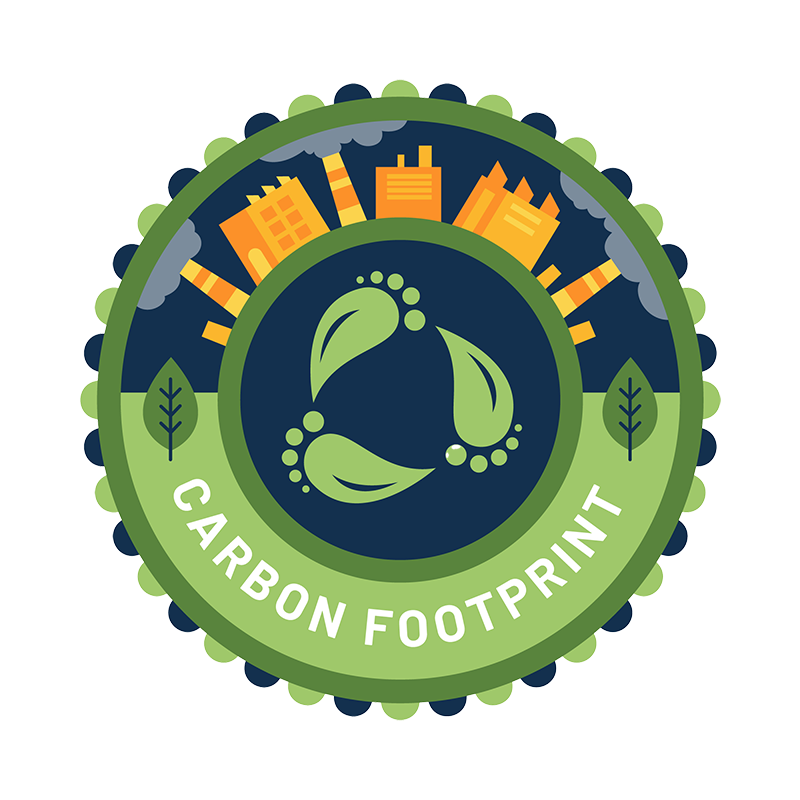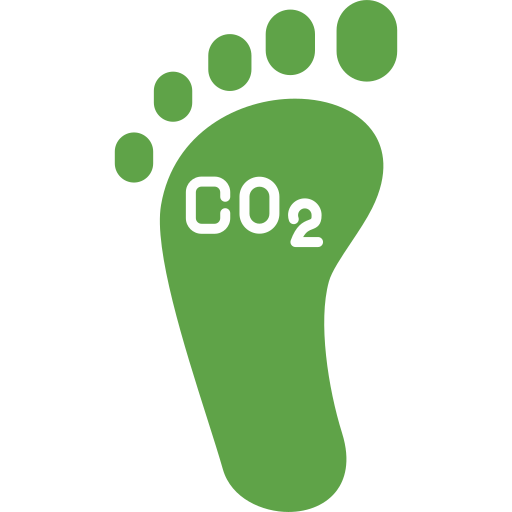

MULTI SPX
MULTI SPX LTD.,
UNIT 1411, 14/FLOOR, COSCO TOWER,
183 QUEEN’S ROAD CENTRAL, SHEUNG WAN, HONG KONG
BRN = 75856202
How Does Buying Carbon Offsets Keep CO2 Out Of The Atmosphere?
In an era of growing environmental awareness, carbon offsets have emerged as a popular tool for individuals and organizations striving to reduce their carbon footprint. But how exactly do carbon offsets help keep CO2 out of the atmosphere?
Carbon offsets are essentially credits purchased to compensate for emissions. When you buy a carbon offset, you are funding projects that reduce greenhouse gas emissions. These projects can include renewable energy installations, reforestation efforts, energy efficiency improvements, and methane capture projects, among others.
• Forestry.
Tree planting projects restore areas facing deforestation. Trees absorb and hold carbon. Without them, that carbon would be in the atmosphere, making global warming worse.
• Agriculture.
Farmers grow crops using technology and techniques to maximize resources and reduce waste when growing crops.
• Aviation.
Airline operators optimize flight paths with AI to minimize creation of contrail clouds.
• Renewable energy.
These projects replace fossil fuel use with clean, renewable energy, such as that generated from a wind farm.
• Water management.
Projects get clean water to areas with polluted or otherwise contaminated water so that they can reduce the need to chemically treat or boil water.
• Waste management.
Projects capture the methane generated in landfills from waste disposal.
• Carbon sequestration.
Projects use carbon capture and storage to put carbon in places where it’s unlikely to be released back into the atmosphere. They take carbon out of the air and store it in soil, in swamps, in trees and even in rock.
• Energy efficiency.
Projects aim to improve the efficiency of existing infrastructure by upgrading building insulation, for instance.


One primary way carbon offsets work is by financing renewable energy projects such as wind farms, solar parks, or hydropower plants. These projects generate clean energy that displaces the need for fossil fuel-based power. By reducing the reliance on coal, oil, and natural gas, renewable energy projects directly cut down the amount of CO2 emitted into the atmosphere.

Reforestation and afforestation projects are another significant method facilitated by carbon offsets. Trees naturally absorb CO2 through photosynthesis, acting as carbon sinks. By planting new forests or restoring degraded ones, these projects enhance the Earth’s capacity to sequester carbon. Over time, as these trees grow, they capture and store substantial amounts of CO2, offsetting emissions produced elsewhere.

Carbon offsets also support energy efficiency projects. These projects aim to reduce the amount of energy required to perform various tasks, thus lowering overall CO2 emissions. For example, upgrading insulation in buildings, improving industrial processes, or introducing more efficient transportation methods can lead to significant emission reductions. By investing in such initiatives, carbon offsets help decrease the energy consumption and associated emissions in various sectors.

Methane capture projects are another crucial aspect of carbon offsets. Methane, a potent greenhouse gas, is often released from landfills, agricultural activities, and oil and gas operations. Methane capture projects aim to trap and utilize this gas before it escapes into the atmosphere. Capturing methane not only reduces greenhouse gas emissions but also allows it to be used as a clean energy source, further displacing fossil fuel usage.

Moreover, carbon offset programs often include measures for preserving existing forests, protecting them from deforestation and degradation. Forest preservation is critical because it prevents the release of CO2 stored in trees and soil. By maintaining these natural carbon sinks, such projects ensure that the carbon remains sequestered, contributing to climate stabilization.

In addition to these direct environmental benefits, carbon offsets also generate social and economic co-benefits. Many offset projects are implemented in developing countries, providing jobs, improving local infrastructure, and promoting sustainable development. These projects often involve local communities, offering them economic incentives to participate in environmental conservation efforts.

Despite their benefits, carbon offsets are not without criticism. Some argue that offsets can be seen as a license to pollute, potentially reducing the incentive for individuals and companies to reduce their own emissions. Therefore, it is crucial to use carbon offsets as part of a broader strategy that includes direct emission reductions and sustainable practices.
In conclusion, buying carbon offsets helps keep CO2 out of the atmosphere by funding projects that reduce, capture, or prevent emissions. These projects, ranging from renewable energy to forest conservation, play a vital role in combating climate change. However, to achieve long-term sustainability, carbon offsets should complement broader efforts to minimize carbon footprints and promote environmentally responsible behavior.